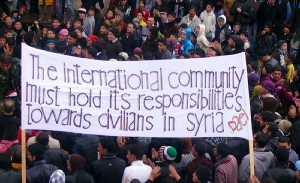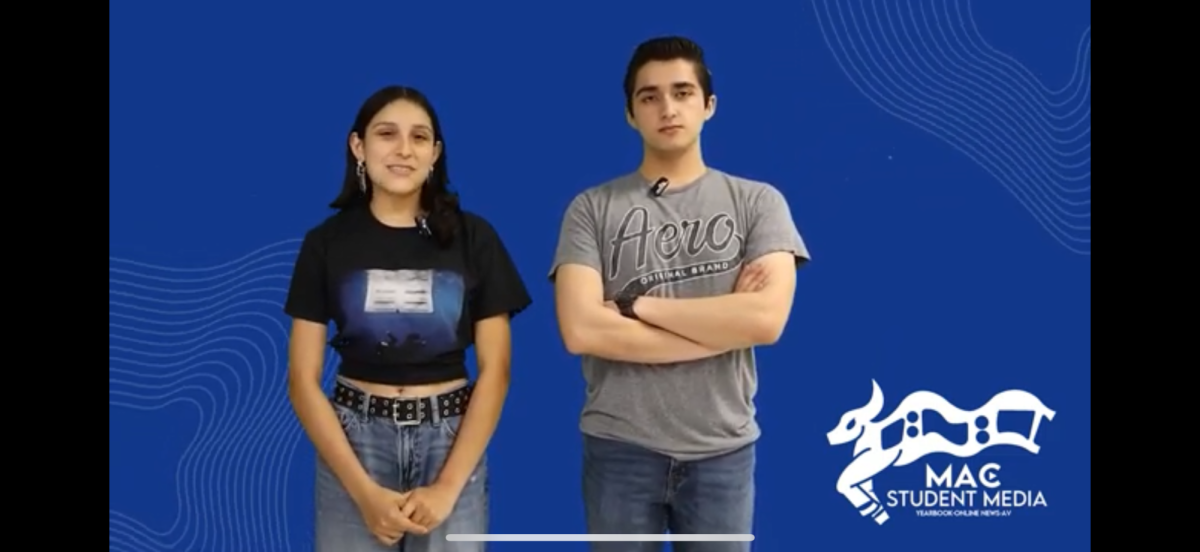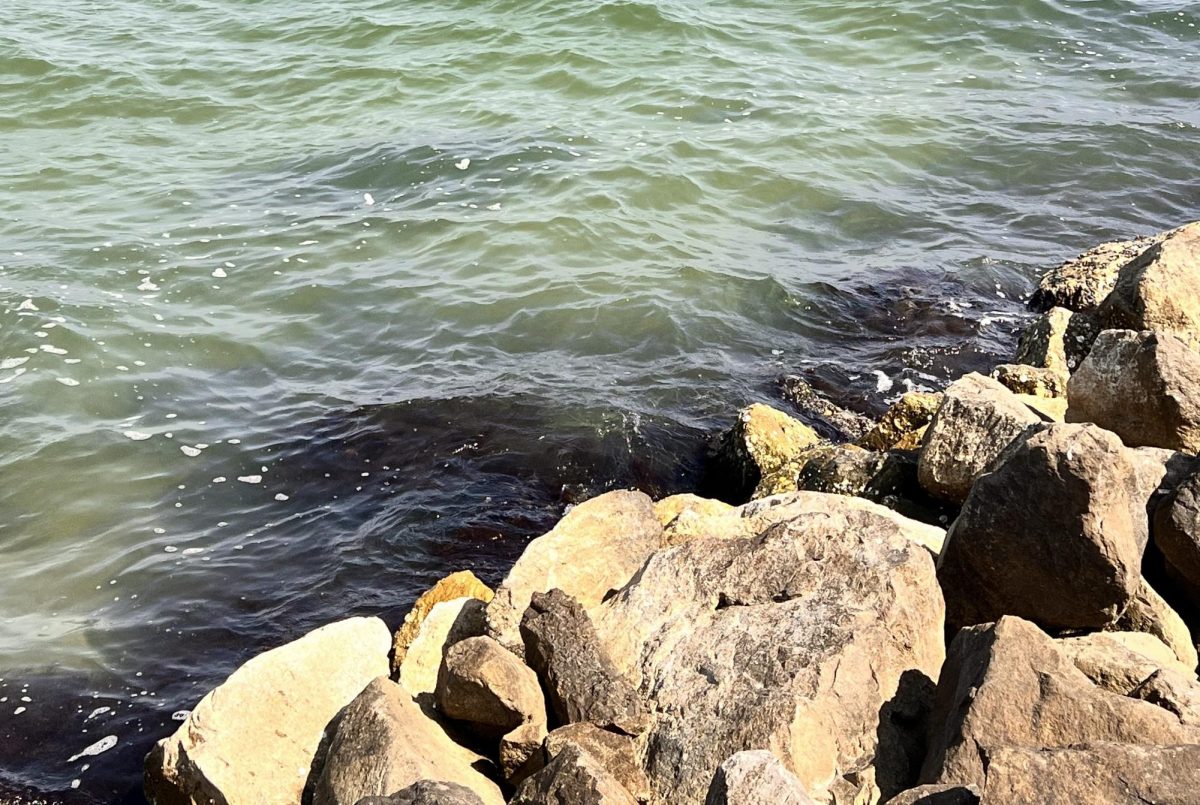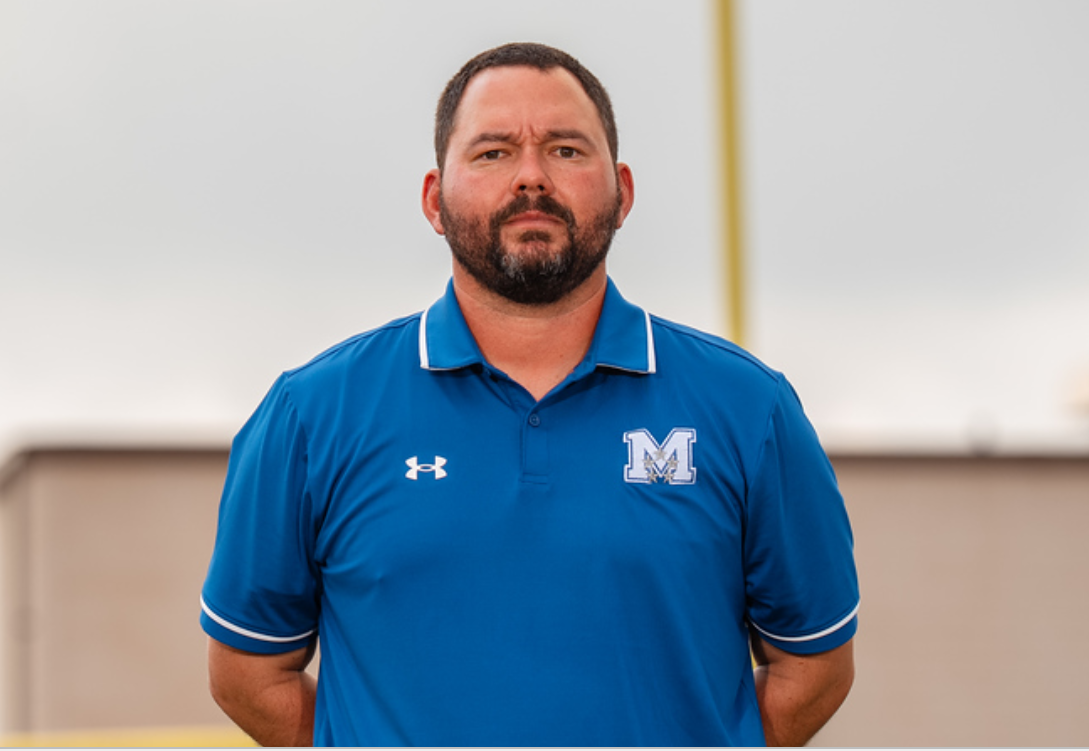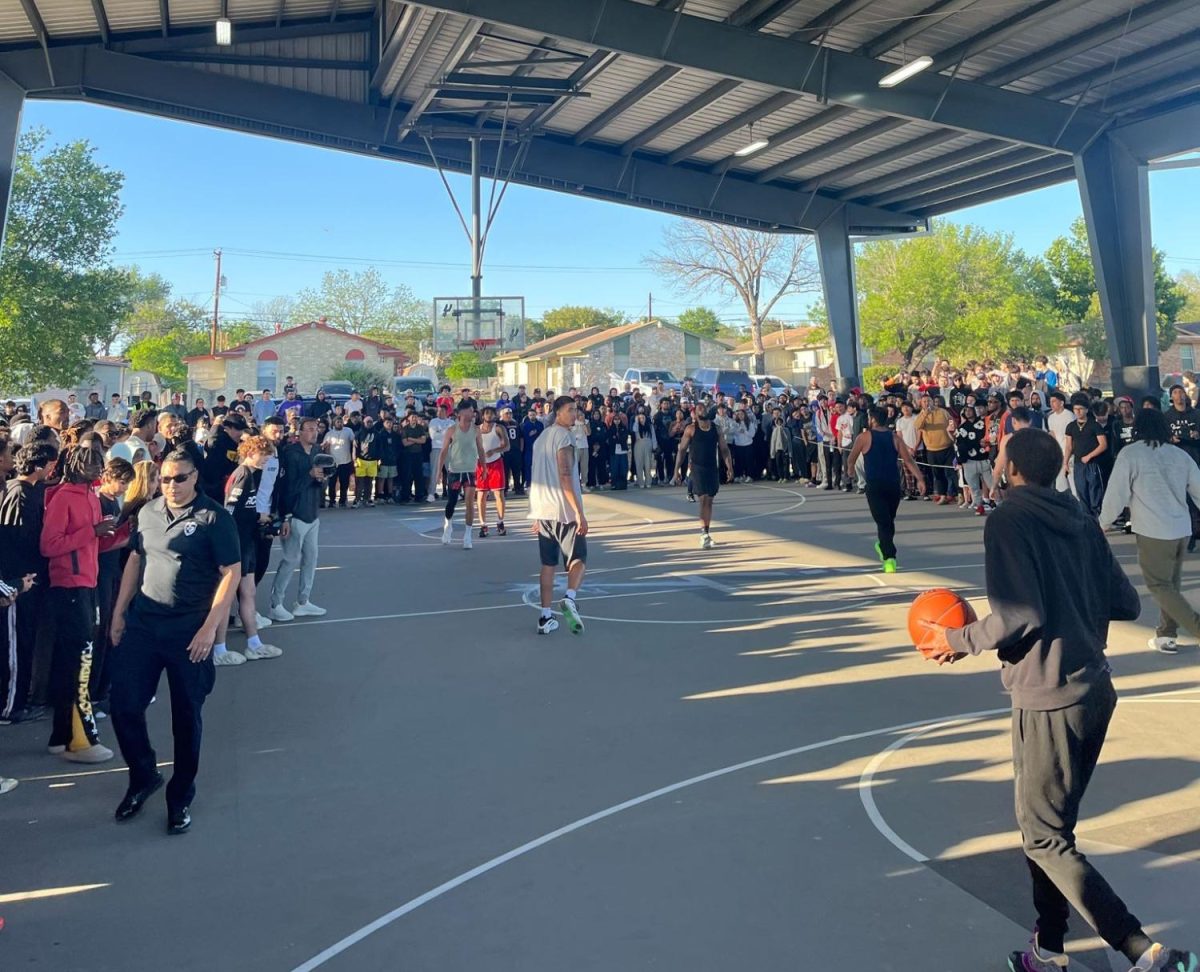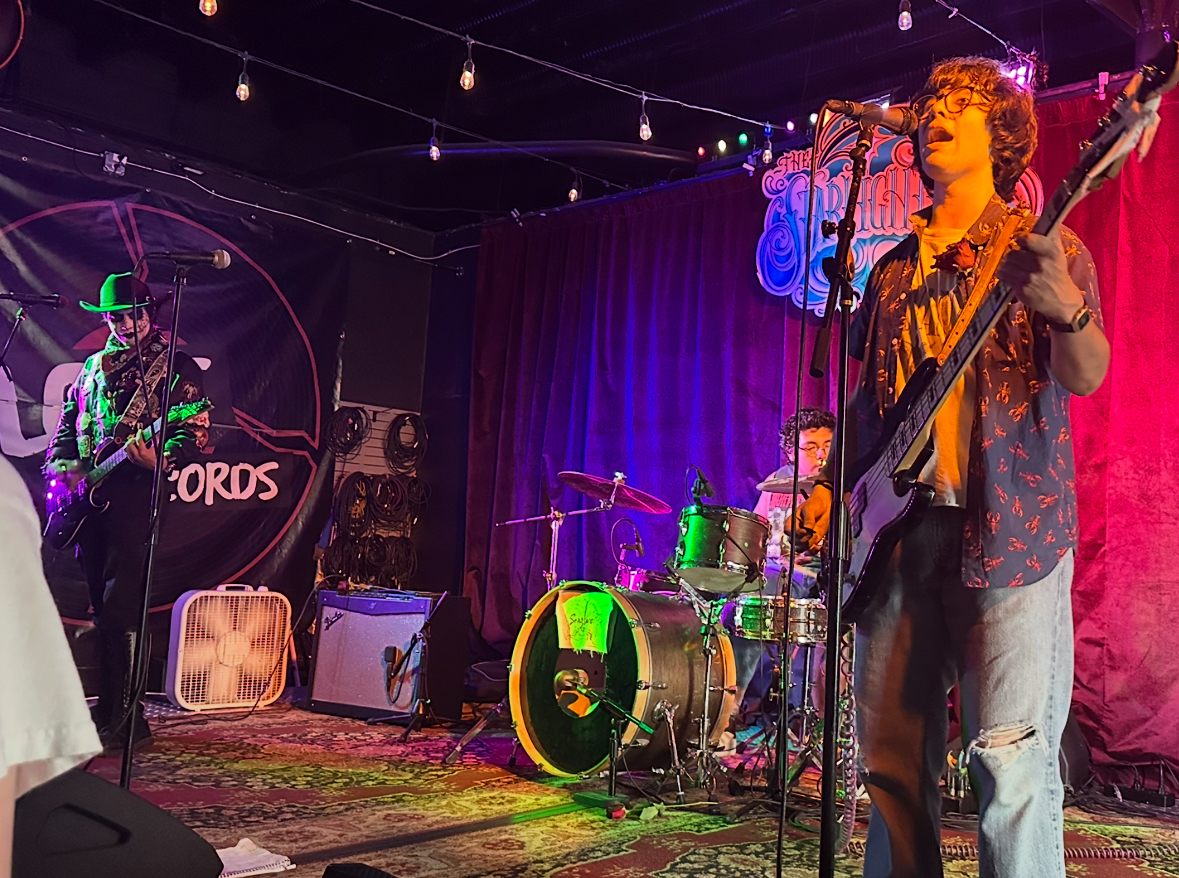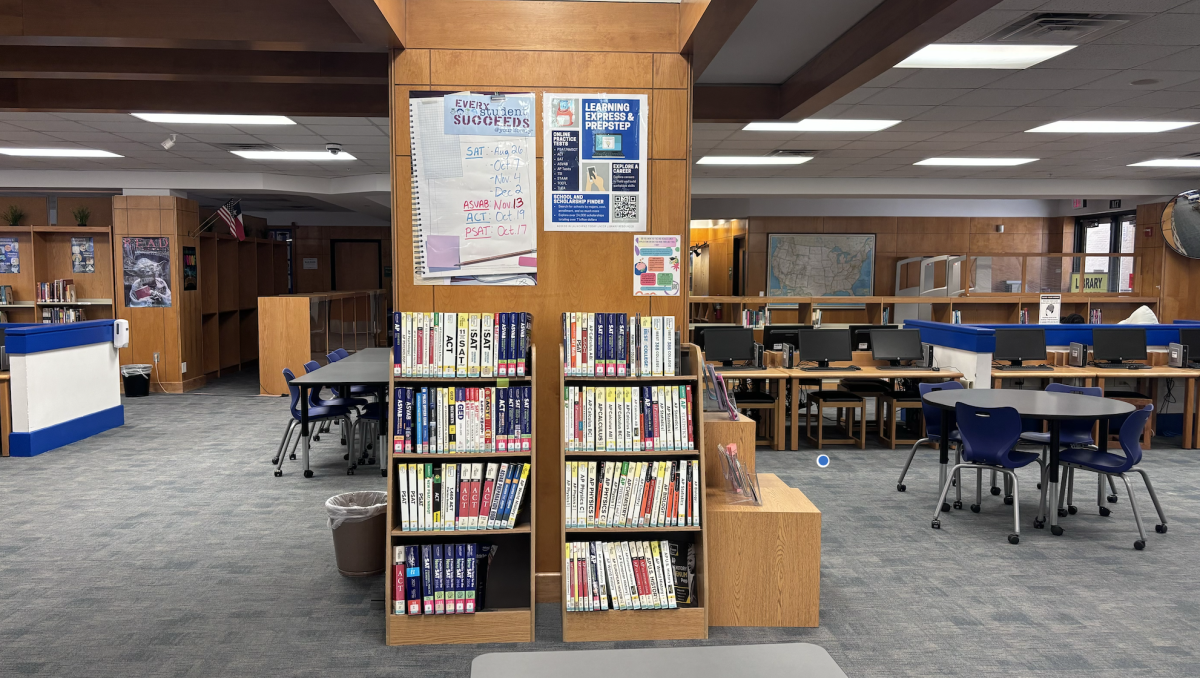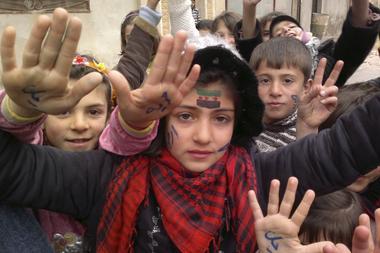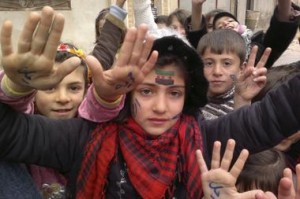
On March 15, 2011, the Syrian Revolution of the Arab Spring- one of the many movements toward democratic government in the Middle East – broke out. As of April 2012, there has been no resolution to the conflict; in fact, it has escalated to violence on both sides, destroying any semblance of normal life in Syria. The armed uprising has overrun the country, displacing and killing hundreds of thousands of innocent bystanders, and peacekeeping forces know something must be done to quell the destruction.
At the start, the protesting maintained nonviolent methodology, focused around marching and chants. In August, more than five months after the birth of the movement, the Syrian National Council (similar to the Libyan Transitional National Council) was formed, aimed at demanding a peaceful transfer of power from the oppressive Bashar al-Assad regime to the people of Syria. However, a smooth transition proved unattainable, as the Assad regime refused to step down and instead incited government-sanctioned violence against its own people, the protesting and impartial alike. In response, a rebel Free Syrian Army -a group of Sunnis who want to turn Syria into an Islamic republic- was formed in July 2011.

The FSA made it an official armed conflict and combatted the shabiha (proregime militia) with guns blazing, much to the chagrin of those who began the uprising, who no longer have much influence in the matter as the vast majority of nonviolent protesters have been forced to leave the country or put in prison by the Assad regime for their participation in the movement.
“They wanted it to become an armed uprising because it allows them to tell the world that they are fighting terrorists,” Yara Nseir, nonviolent activist who was forced to flee last summer after she was detained 18 days for handing out leaflets, said about the Assad regime.
Story continues below advertisement
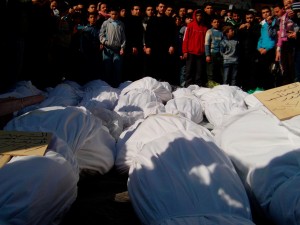
And ‘armed uprising’ it has become. According to most, the FSA has become almost as destructive, if not more so, than the regime. Though both have been accused of human rights violations by the Human Rights Watch, they cited “increasing evidence of the kidnappings, use of torture, and executions by armed Syrian opposition members.” The bloodshed has been wide and all encompassing, with the death toll estimated at almost 10,000 people. UNICEF has reported that of that number, more than 500 were children. Others, 55 thousand officially (and 130 thousand unofficially) have fled to the surrounding Turkey, Jordan, and Lebanon, according to the UNHCR.
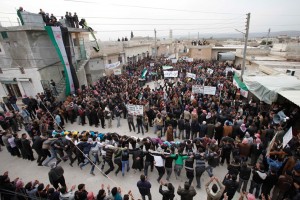
The violence seems unending due to: the FSA’s inability to establish a base or even hold ground anywhere in Syria and relocation to a headquarters in Turkey and the SNC’s Military Bureau, formed in March of this year, that is still unable to control the factions in the streets. Nonetheless, on April 12, Kofi Annan of the United Nations brokered a ceasefire in which the Syrian regime suspended military action on its people. In an effort to try to continue their plane for peace’s change in direction (away from the hijacking rebel forces) over 200 nonviolent activists gathered in Cairo on April 16th for peace talks.
There has been no resolution in the fighting, Syrians are fleeing into Turkey at 700 people a day, and no group maintains enough power to control the country.
